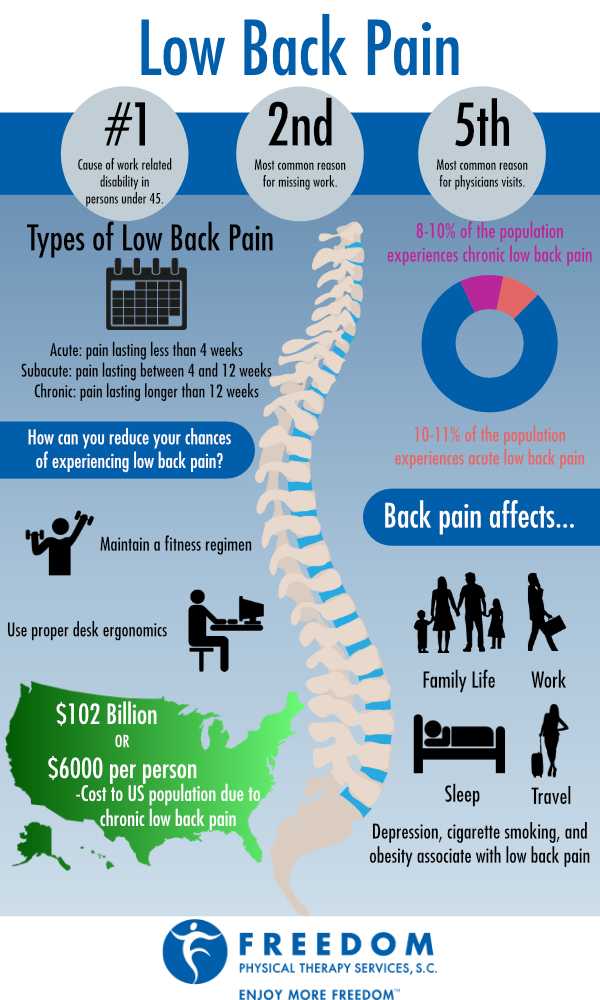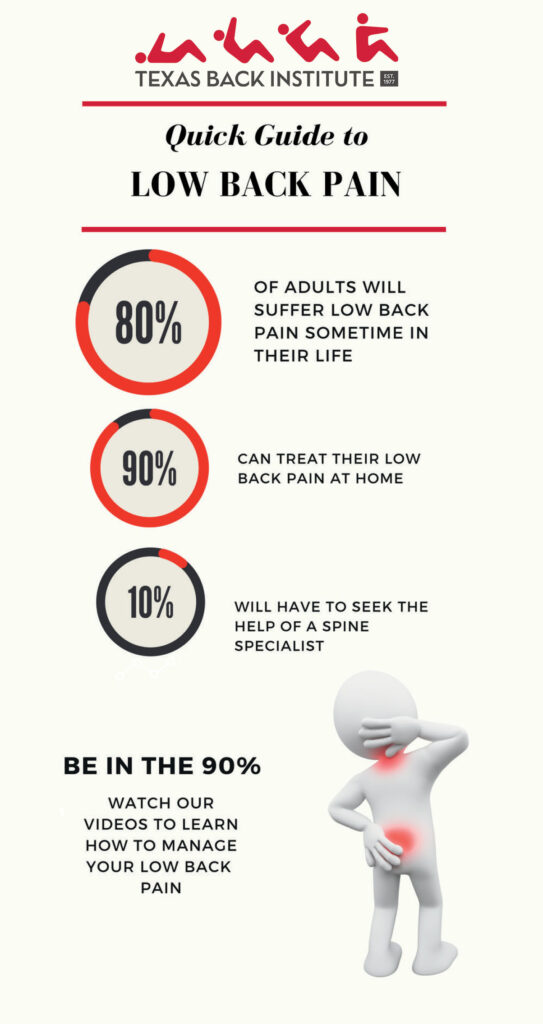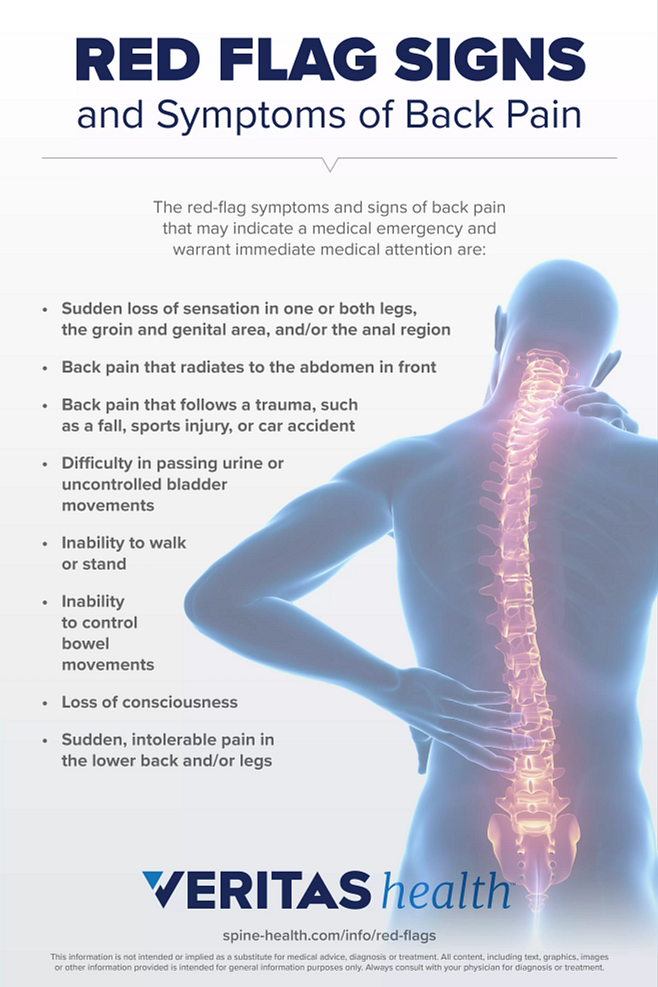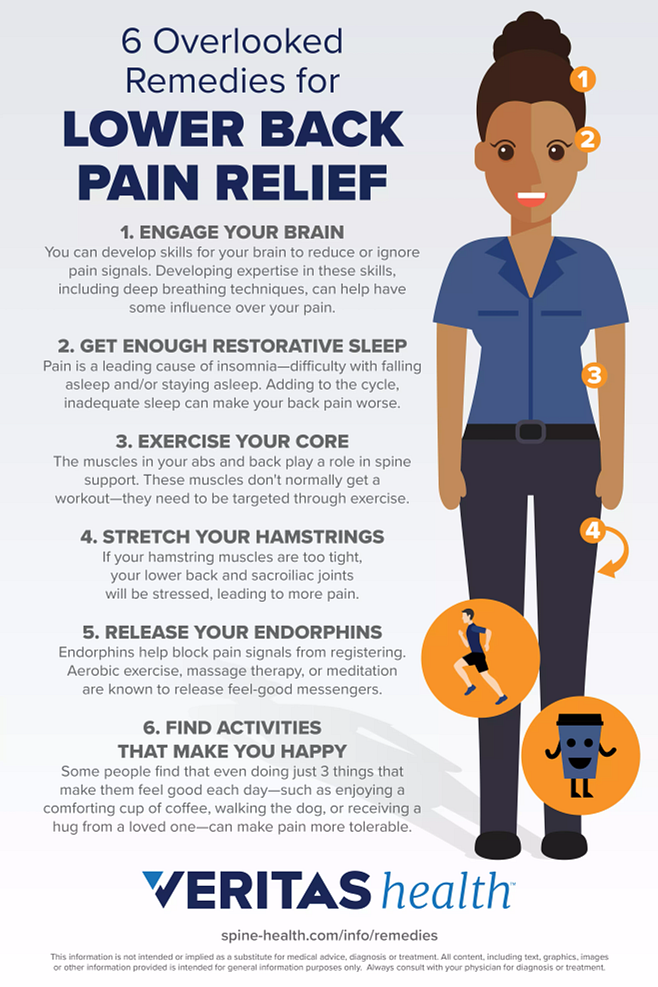Discover the surprising everyday habits and activities that could be causing your lower back pain. Don’t miss out on this!
Table of Contents
- Introduction: Understanding Lower Back Pain
- Causes of Lower Back Pain
- When Pain Is More Than Just Muscle Strain
- Can Walking Pneumonia Cause Lower Back Pain?
- Lower Back Pain and Other Pains
- How To Know If It’s Serious
- Tips for Preventing Lower Back Pain
- Treating Lower Back Pain at Home
- When to Seek Medical Help
- Myths and Facts About Lower Back Pain
- Recap: What We’ve Learned About Lower Back Pain
- FAQs
Introduction: Understanding Lower Back Pain
Lower back pain is a common issue that many people experience at some point in their lives. It can be uncomfortable and even debilitating, affecting daily activities and overall well-being. In this section, we will delve into what lower back pain is, why it occurs, and how it can impact your life.
What Is Lower Back Pain?
Lower back pain refers to discomfort or soreness in the area of your back below the ribs and above the legs. It can vary from a dull ache to a sharp, shooting sensation, making it difficult to sit, stand, or move comfortably. Lower back pain can range from mild to severe and may be occasional or chronic, lasting for weeks or even months.
Causes of Lower Back Pain
Lower back pain can often be triggered by our daily activities. Activities such as sitting for long periods, lifting heavy objects incorrectly, or even standing for extended periods without breaks can put strain on our lower back muscles, leading to pain.
Poor Posture
Poor posture is another common cause of lower back pain. When we slouch or hunch over while sitting, our spine is not properly aligned, putting extra pressure on the lower back. Over time, this can lead to muscle strain and discomfort in the back.
When Pain Is More Than Just Muscle Strain
Sometimes, lower back pain can be more than just a simple muscle strain. It could be a symptom of underlying medical conditions like arthritis or Kawasaki disease.

Image courtesy of freedompt.com via Google Images
Arthritis and Its Effects on The Back
Arthritis is a condition that causes inflammation and stiffness in the joints. When it affects the spine, it can lead to back pain. The back consists of many joints that can be affected by arthritis, causing discomfort and limited mobility.
Other Diseases Affecting The Back
In some cases, diseases like Kawasaki disease can indirectly impact back health. Although Kawasaki disease primarily affects children and causes inflammation in blood vessels, it can still lead to symptoms like joint pain which may include the back.
Can Walking Pneumonia Cause Lower Back Pain?
Walking pneumonia is a milder form of pneumonia that doesn’t always require bed rest or hospitalization for treatment. But can this respiratory infection be linked to lower back pain?
When our bodies are fighting off an infection like walking pneumonia, they can become fatigued and weak. This can lead to changes in our posture and the way we move as we try to minimize discomfort. These alterations in body mechanics can put strain on our lower back muscles, potentially causing pain.
It’s important to note that walking pneumonia itself doesn’t directly affect the back muscles or spine. However, the overall effects it has on our bodies, such as fatigue and weakness, can indirectly contribute to lower back pain.
Lower Back Pain and Other Pains
When our bodies experience pain, it’s not always isolated to one area. Sometimes, pain can be interconnected, affecting multiple parts of our body. One common connection that many people may not realize is how knee pain can be linked to or even cause lower back pain.

Image courtesy of www.footlevelers.com via Google Images
Knee Pain and Lower Back Pain
Imagine this: when your knee hurts, you might start shifting your weight or changing your gait to relieve the discomfort. This alteration in your stride or posture can then put added stress on your lower back, leading to pain in that area as well.
Additionally, if you have an issue with your lower back that affects your posture or mobility, it could cause you to walk differently, placing strain on your knees. This vicious cycle of pain and compensation can create a loop of discomfort in both your knees and lower back.
But don’t worry! There are ways to address both knee pain and lower back pain simultaneously. By focusing on exercises that strengthen the muscles supporting your knees and back, you can improve your overall posture and alignment, reducing the risk of further pain in these areas.
Remember, our bodies are interconnected systems, and taking care of one part can benefit the whole. So next time you feel knee pain or lower back pain, consider how they might be related and take steps to address both for a healthier, happier you.
How To Know If It’s Serious
Experiencing lower back pain can be uncomfortable, but sometimes it can be a sign of a more serious issue. It’s essential to know how to recognize when your lower back pain needs extra attention.
Signs to Watch Out For
If your lower back pain is accompanied by symptoms like numbness or tingling in your legs, weakness in your leg muscles, trouble controlling your bowels or bladder, or if the pain is constant and severe, it may indicate a more serious problem. In these cases, it’s crucial to seek medical advice promptly to rule out any underlying conditions.
Duration of Pain
Pay attention to how long your lower back pain persists. If the pain lingers for more than a few weeks despite rest and home remedies, it might be a sign that there is an underlying issue that needs to be addressed by a healthcare professional.
Tips for Preventing Lower Back Pain
One of the easiest ways to prevent lower back pain is by practicing good posture. Make sure to sit and stand up straight, avoiding slouching or hunching over. When sitting for long periods, use a chair with proper back support to maintain a healthy spine alignment. Remember to keep your shoulders back and your head held high to prevent unnecessary strain on your lower back.

Image courtesy of texasback.com via Google Images
Stretching and Exercise
Regular stretching and exercise can also help in preventing lower back pain. Incorporate simple stretches like touching your toes and side stretches into your daily routine to keep your back flexible and reduce the risk of muscle strain. Engaging in low-impact exercises like walking, swimming, or yoga can strengthen your core muscles, which play a vital role in supporting your back.
Treating Lower Back Pain at Home
When it comes to dealing with lower back pain, there are some simple remedies you can try at home to help ease the discomfort. Just like how you might use home remedies for a sore throat, there are things you can do to make your back feel better too.
Home Remedies
If your lower back is hurting, one of the best things you can do is rest. Just like when you have a sore throat and need to take it easy, resting your back can help it heal. Find a comfortable position, maybe with a pillow under your knees, and try to relax.
Another helpful remedy for lower back pain is applying ice or heat. You can use a cold pack or a bag of frozen vegetables wrapped in a towel to reduce inflammation and numbing any pain. On the other hand, a warm bath or a heating pad can help relax your muscles and increase blood flow to the area.
Remember to stay hydrated, just like when you’re sick with a sore throat. Drinking plenty of water can keep your muscles healthy and help your body recover faster.
Stretching can also be beneficial for your lower back. Gentle stretches that target your back muscles can relieve tension and improve flexibility. It’s important to be careful and not overdo it, just like when you’re being cautious with a sore throat.
By following these simple home remedies, you can give your lower back the care it needs to feel better soon. Just like treating a sore throat at home, taking care of your lower back can help you get back to feeling your best in no time.
When to Seek Medical Help
Lower back pain can sometimes be caused by minor issues like muscle strain. However, there are times when the pain may indicate a more serious underlying problem that requires medical attention. It is essential to know the signs that suggest you should seek help from a healthcare professional.
| Trigger | Description |
|---|---|
| Poor posture | Slouching or sitting in a hunched position for long periods can strain the muscles and discs in the lower back. |
| Heavy lifting | Lifting heavy objects improperly or without proper form can cause muscle sprains, strains, or even herniated discs in the lower back. |
| Sedentary lifestyle | Not getting enough physical activity can weaken the muscles that support the lower back, leading to pain and stiffness. |
| Obesity | Carrying excess weight puts additional strain on the lower back, increasing the risk of pain and discomfort. |
| Age | As we age, the discs in the spine can naturally degenerate, leading to conditions like arthritis or spinal stenosis that can cause lower back pain. |

Image courtesy of www.spine-health.com via Google Images
Signs to Watch Out For
If you experience any of the following symptoms along with your lower back pain, it is advisable to consult a doctor:
- Severe pain that does not improve with rest
- Pain that radiates down the legs or causes numbness or weakness
- Nausea, fever, or chills accompanying the back pain
- Loss of bladder or bowel control
- Persistent pain after a traumatic injury
These signs could indicate a more serious condition, such as a herniated disc, spinal cord compression, or an infection, which requires prompt medical attention to prevent further complications.
Myths and Facts About Lower Back Pain
Let’s clear up some common misconceptions about lower back pain. One myth is that if you have back pain, it must be due to aging. However, age is just one factor, and even younger people can experience lower back pain from various causes.
Another myth is that exercise should be avoided if you have lower back pain. In reality, gentle exercises and stretches can often help strengthen your back muscles and alleviate pain over time.
Some people believe that lower back pain is always a sign of a serious problem like a slipped disc. While it’s essential to consult a doctor for persistent or severe pain, many cases of lower back pain are due to muscle strain and can be treated with rest and self-care.
Lastly, there is a misconception that bed rest is the best remedy for lower back pain. While rest is crucial in the initial stages of acute pain, prolonged bed rest can weaken your muscles and delay the healing process. It’s essential to find a balance between rest and gentle movement to aid recovery.
Recap: What We’ve Learned About Lower Back Pain
Throughout this blog, we have delved into the world of lower back pain to understand why so many people experience this discomfort. Let’s recap the essential points we’ve covered to solidify our knowledge of what triggers lower back pain.

Image courtesy of www.spine-health.com via Google Images
Understanding Lower Back Pain
Lower back pain is a common issue that many individuals face. It can range from mild discomfort to severe pain, impacting daily activities and overall quality of life.
Causes of Lower Back Pain
We have explored how daily activities and poor posture can contribute to lower back strain, leading to pain and discomfort.
When Pain Is More Than Just Muscle Strain
Underlying medical conditions like arthritis and diseases such as Kawasaki disease can also play a role in causing lower back pain, highlighting the importance of addressing these issues for proper treatment.
Can Walking Pneumonia Cause Lower Back Pain?
We have investigated whether there is a connection between walking pneumonia and lower back pain to better understand the potential links between respiratory infections and back discomfort.
Lower Back Pain and Other Pains
Exploring the relationship between knee pain and lower back pain has shed light on how one type of pain can lead to or exacerbate another, emphasizing the importance of holistic treatment approaches.
Tips for Preventing Lower Back Pain
Practical advice on maintaining good posture, regular stretching, and exercise have been provided as actionable steps to prevent lower back pain from occurring in the first place.
Treating Lower Back Pain at Home
We have discussed various home treatment options for alleviating lower back pain, drawing parallels with simple remedies used for sore throats to offer easily accessible solutions for managing discomfort.
When to Seek Medical Help
Recognizing the signs that indicate the need for professional medical advice is crucial for ensuring timely and appropriate care for more serious lower back pain issues.
Myths and Facts About Lower Back Pain
By debunking common myths and confirming truths about lower back pain, we have tackled misconceptions to provide a clearer understanding of this prevalent health concern.
FAQs
Can bad shoes cause lower back pain?
Yes, wearing improper or unsupportive shoes can contribute to lower back pain. When shoes do not provide adequate support, it can lead to poor posture and alignment issues, which can strain the muscles in the lower back.
How does rest help in healing back pain?
Rest is essential for allowing the muscles in the back to recover and heal. When you rest, it gives your body time to repair any damage or inflammation that may be causing the pain. It’s important to strike a balance between rest and gentle movement to promote healing.
Are there any fun activities that help with back pain?
Engaging in activities like swimming, yoga, or biking can help strengthen the muscles in your back and provide relief from pain. These low-impact exercises can improve flexibility, posture, and overall back health while being enjoyable at the same time.





